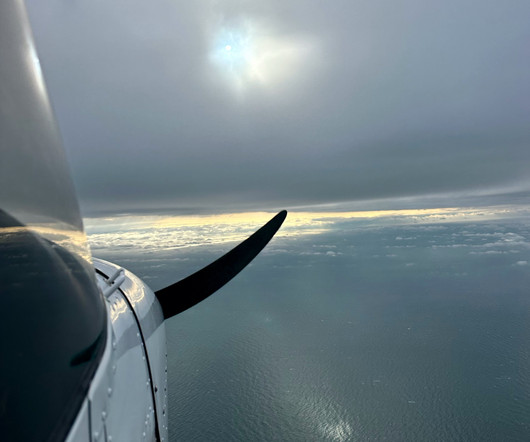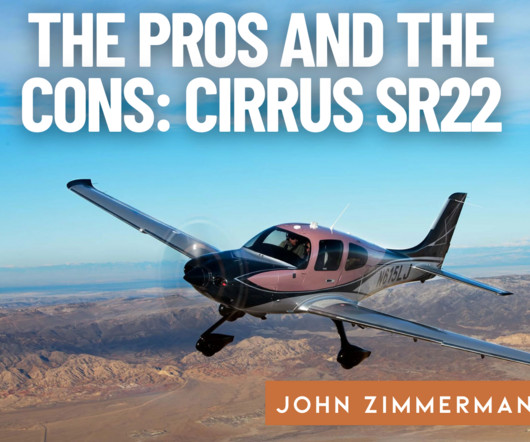Understanding Left-Turning Tendencies in Airplanes
Northstar VFR
MARCH 16, 2025
By Josh Page, CFI Ever heard your flight instructor say, More right rudder? Torque is most noticeable when power is applied suddenly for example, during takeoff. If uncorrected, it can cause a yawing movement to the left, requiring the pilot to use right rudder to maintain coordinated control. How do you correct this?











Let's personalize your content